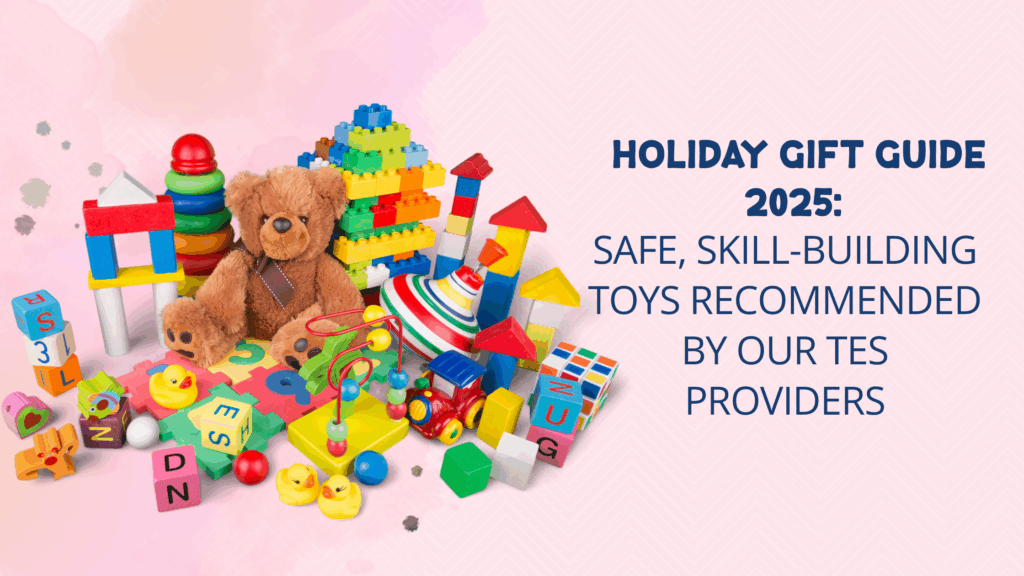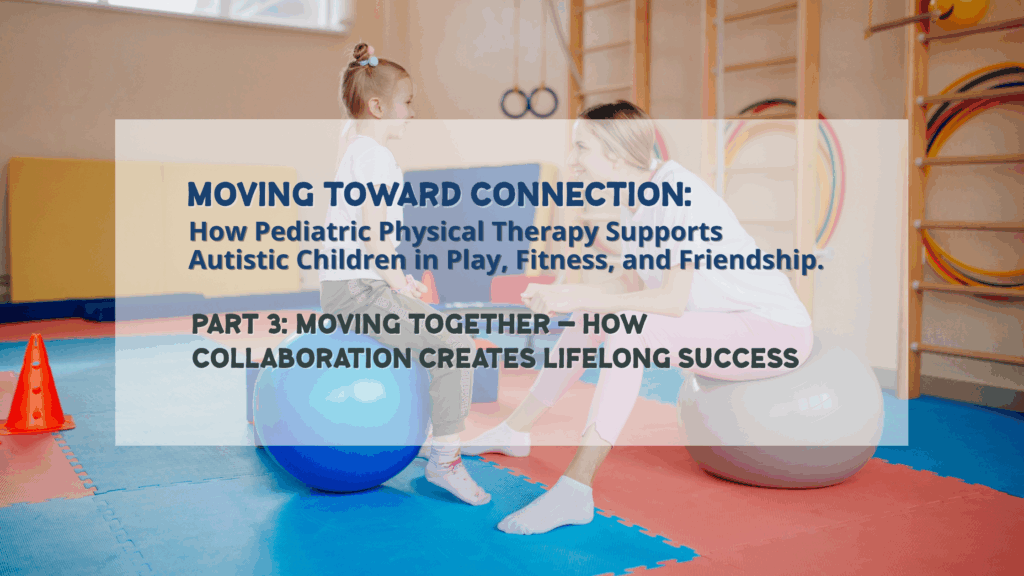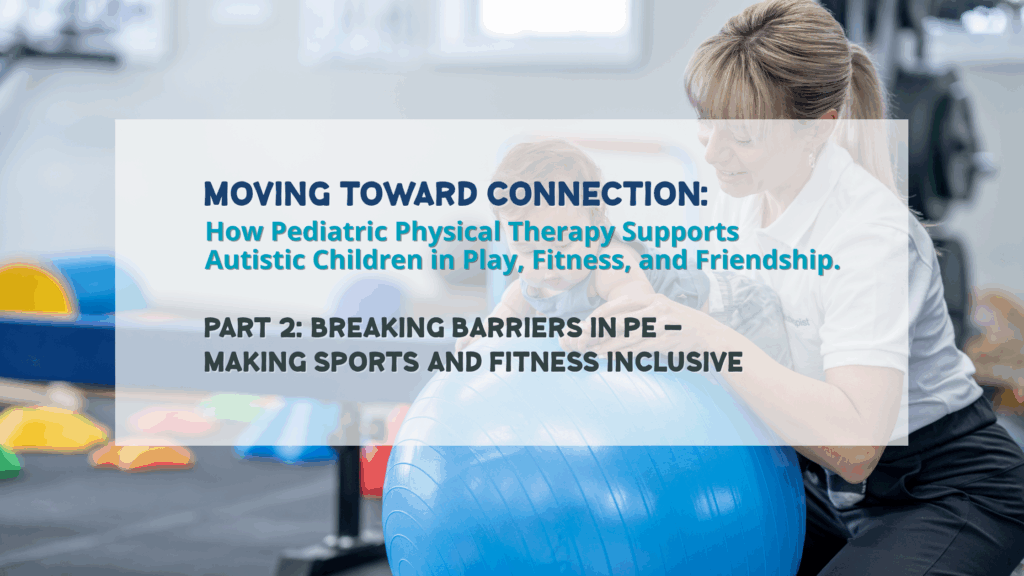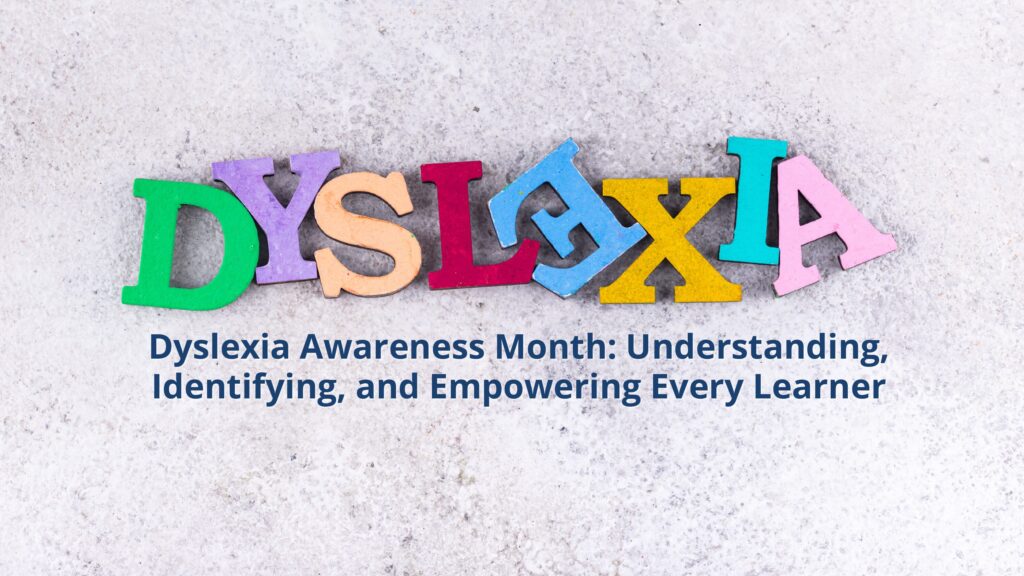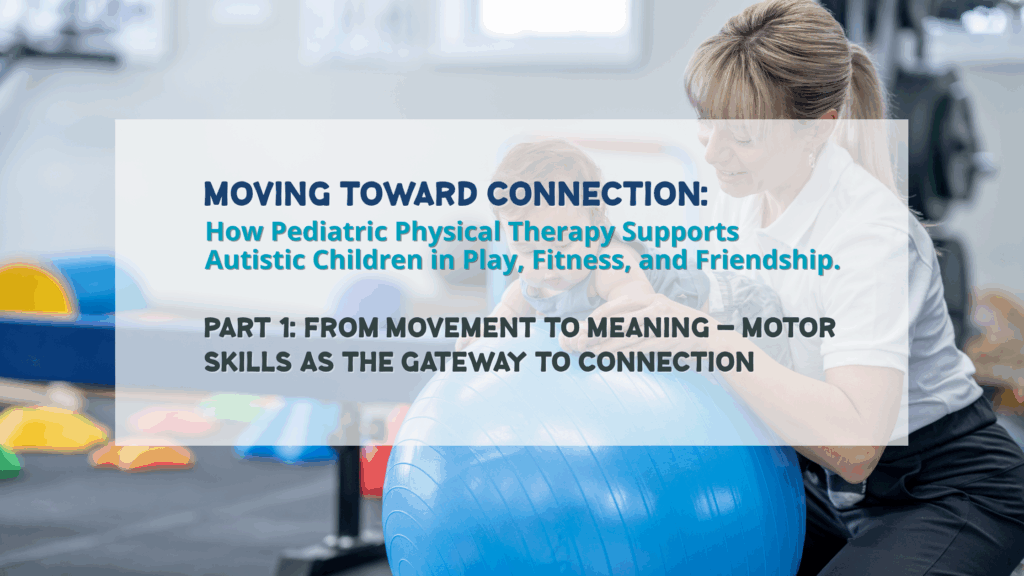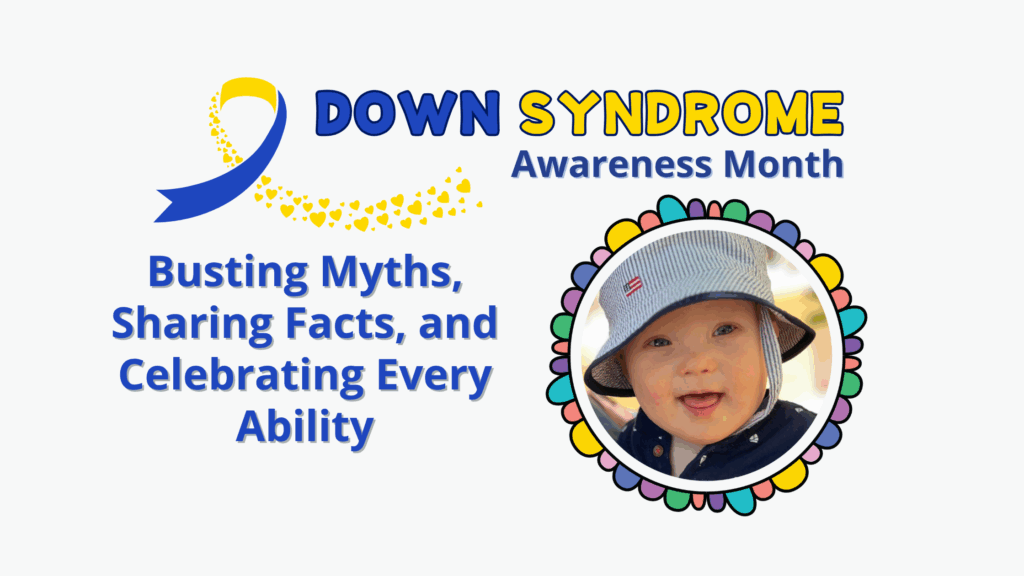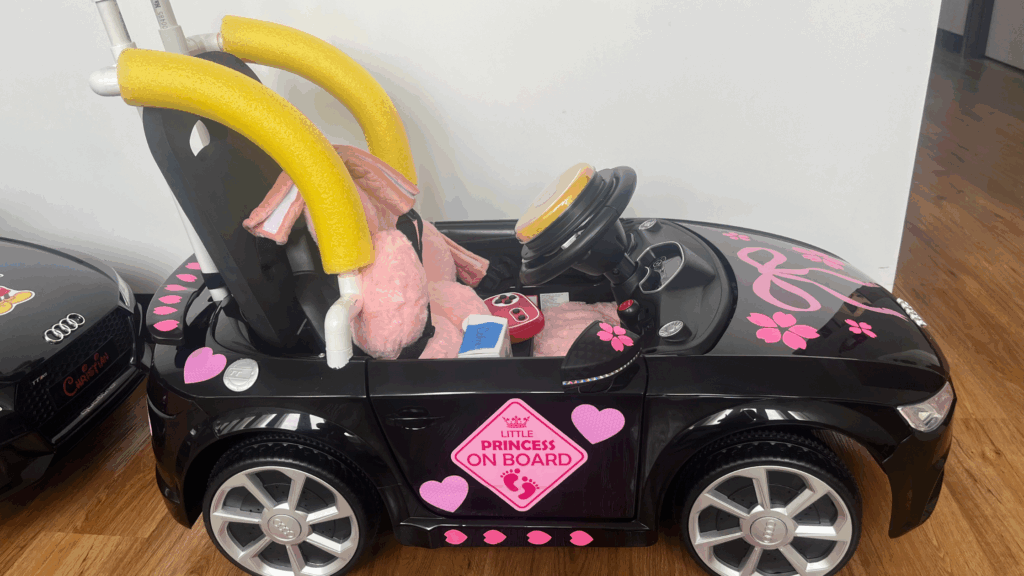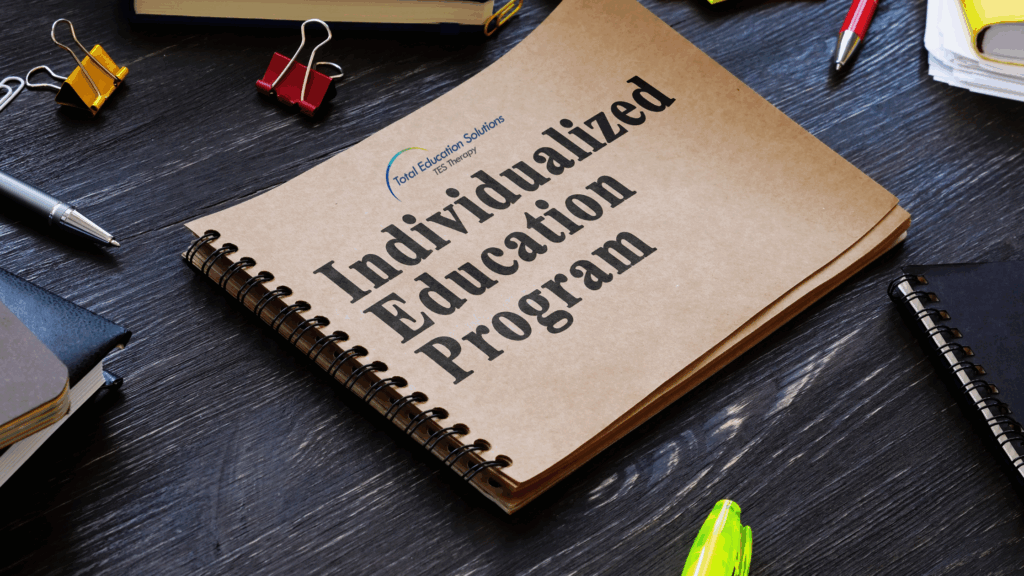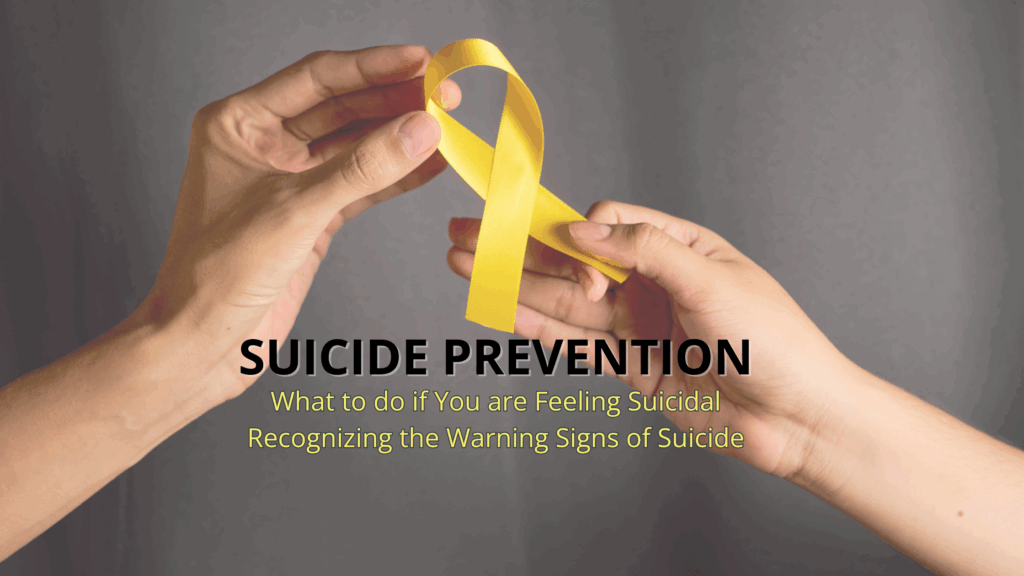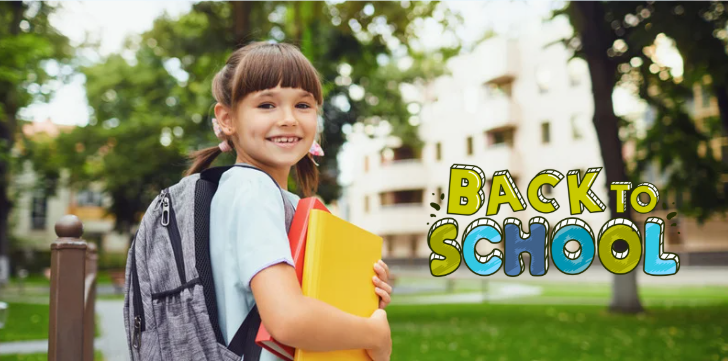Total Education Solutions (TES) created a question and answer series on our Instagram page called Ask an Expert. Our Speech and Language Pathologist, Stephane Tziavaras, M.A., CCC/SLP, answered the most common questions regarding Speech and Language Therapy. Stephane Tziavaras, M.A., CCC/SLP is a licensed and certified speech and language pathologist with 28 years of experience. She graduated with her master’s degree in Communicative Disorders from University of the Pacific in Stockton. Stephane has been with TES since 2017 and is now the Program Coordinator for our Northern California therapy team. She works with clinic and school site children up to high school and adult ages. She also provides supervision to new therapists and speech assistants and enjoys sharing her years of experience with her team. Working to enhance the communication skills of children and adults to be as successful as possible in their communities is her focus in all her therapeutic work.
We compiled the questions and answers or you can click here to see the Q&A on our Instagram page!
1. Who Are Speech-Language Pathologists, and What Do They Do?
Speech-Language Pathologists specialize in communication disorders and help individuals communicate across the lifespan. Understanding the language around you, spoken and unspoken, is vital to feeling involved and competent in your environment. We believe that effective communication is a basic human right. We work with individuals to ensure this right is protected and help individuals express themselves and share their thoughts, feelings, and beliefs to their best ability. Additionally, we work with individuals who have difficulties swallowing. Sometimes these are babies who are born with an inability to suck, breathe, and swallow correctly. Other times, we are working with individuals post-surgeries or following difficult diagnoses such as strokes or certain cancers who need to re-learn how to swallow without choking and to prevent pneumonia.
2. Do you think babies’ language development will be affected if caregivers wear masks?
This is such an interesting question. I’m sure there will be studies coming up on this, but there are none that I know of to date. Infants look at caregiver’s faces and try to mirror or imitate mouth movements when learning to talk thus there may be some short-term effects on language development. Thankfully, not every family member or caregiver is required to wear a mask 100% of the time. There are multiple opportunities for ongoing learning. If a barrier is needed, you may want to consider a face shield or clear mask if you want to have your child watch your mouth. Some individuals have created see-through masks for this purpose and some Speech-Language Pathologists are using these in therapy.
3. What are some speech and language exercises/activities to practice at home?
There are so many things fun things you can do at home to promote language acquisition.
- Reading at any and all ages! Reading to an infant puts words and pictures together, reading to a toddler helps them learn to anticipate, put words together to “read the story”, explore feelings and vocabulary, and gain exposure to vocabulary they cannot otherwise experience in their day to day life. Reading books to a child 1-2 levels above their own reading level helps them to learn vocabulary and syntax and prepares them for their next academic leap.
- Singing songs with babies and toddlers engages both sides of the brain which enriches neural connections. Use hand gestures and matching facial expressions as you sing. As the child begins to know the song, pause at the end of phrases to allow the child to interject the correct words to complete the phrase. Encourage your child to ask for a repeat of the song. Ask the, “Again?” or “More?” and let them tell you, “MORE!” Repetition is great for language development.
- Talk about what kids are doing as they do it. Narrate their lives so they have the words to match their actions. It doesn’t have to be exhaustive with the general rule being work at their vocabulary level and add a word (words +1). If your child uses two words to talk about something (e.g. car go) you think +1 (e.g. red car go, car go fast, car go up, red car crash).
- Use verbal routines, using the same phrases for activities you do. Soon enough, they will be using your words (e.g. “Bath and book time!”).
- We must also remember to wait for them to speak! Give them a few beats to let their little brains come up with what they want to say!.
- Mostly though, just play play play (e.g. pretend play with a baby doll, animals, cars, etc.) and sequence out what they might do and talk about all the play. Follow their lead in play! See what they want to play with and then throw in the language and watch them grow their language.
- If you can’t think of what to say, just tell them about your day. Tell them what you are going to do, what you did and how you did it.
4. How can family be involved in speech and language therapy?
Join your child and his or her speech provider on the floor at the table. When you show your therapist you want to participate, the SLP will rejoice and include you in therapy. Early intervention therapy requires the parents to be a part of the session, to learn how to be a language leader in the growth of their child’s language acquisition. Your SLP should be your coach, showing you what you can do and why this target/activity is the focus.
5. How do I know my kid needs speech therapy?
There are a few markers to consider such as no words by 18 months, has words and loses them, difficulty following basic directions, acts like they can’t hear, or can’t be understood. Mostly, trust your instinct as a parent. If you feel like there might be a problem, get it checked out. If you ask your pediatrician and they advise you to wait and you aren’t comfortable with that, get a second opinion so you can either feel better about waiting or get the referral for an assessment. You can always seek assistance from the your local school district and they will refer you to the correct agency to help you depending on the age of your child. In general, the earlier intervention starts, the better off your child will be.
6. What happens during speech therapy?
Based on your child’s needs and the results of a thorough assessment, your Speech-Language Pathologist will propose goals for therapy. These goals will guide what happens during therapy. This might include play, parent training, reading, repetition, curriculum-based, teaching-prompting-waiting, vocabulary building, and exposure to new ways of experiencing language.
7. What does speech teletherapy look like?
Teletherapy works differently for each child. Some love the interactive screen activities therapists are using and others struggle to attend to the screen. Parents play an important role by providing the hands-on therapy reinforcement necessary for a successful teletherapy session.
At its best, teletherapy allows for a lot of creativity and allows therapists to use a variety of internet and computer-based tools like apps and green screens to create different worlds and activities which allow for more vocabulary opportunities and understanding as the therapist rides out on a Safari, fishes out of a boat on the lake or pulls magic cards out of a hat. When therapy happens in the child’s natural environment, like their home, it also allows the therapist a unique view into the child’s life without being in the room. They are able to see the parent’s and caregiver’s interactions with the child and make real-time changes and adaptations for the child to enhance learning opportunities.
For more information on how our therapists can help your child, please visit our Speech and Language Therapy services page.

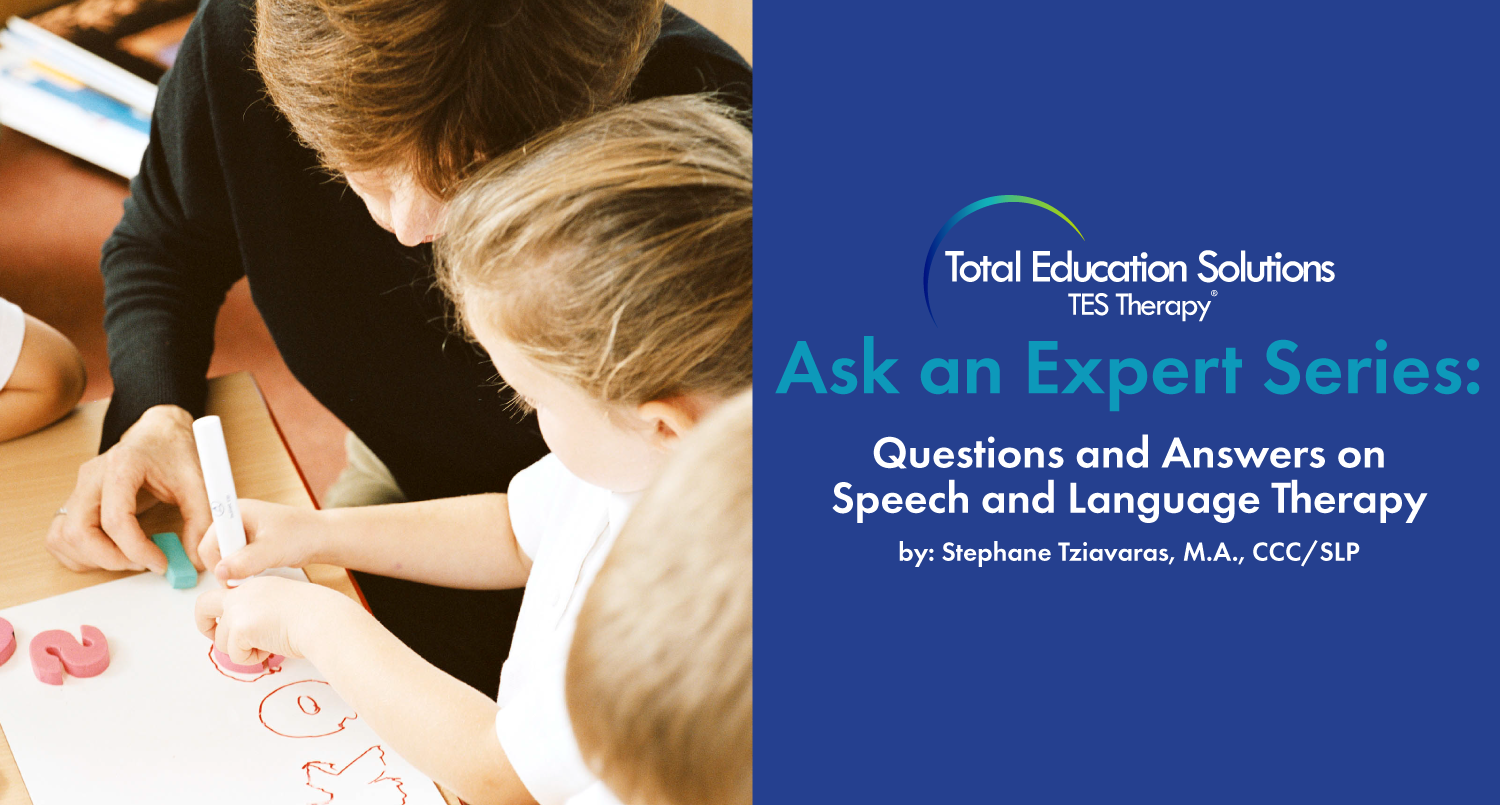
 10 Jun 2020
10 Jun 2020 